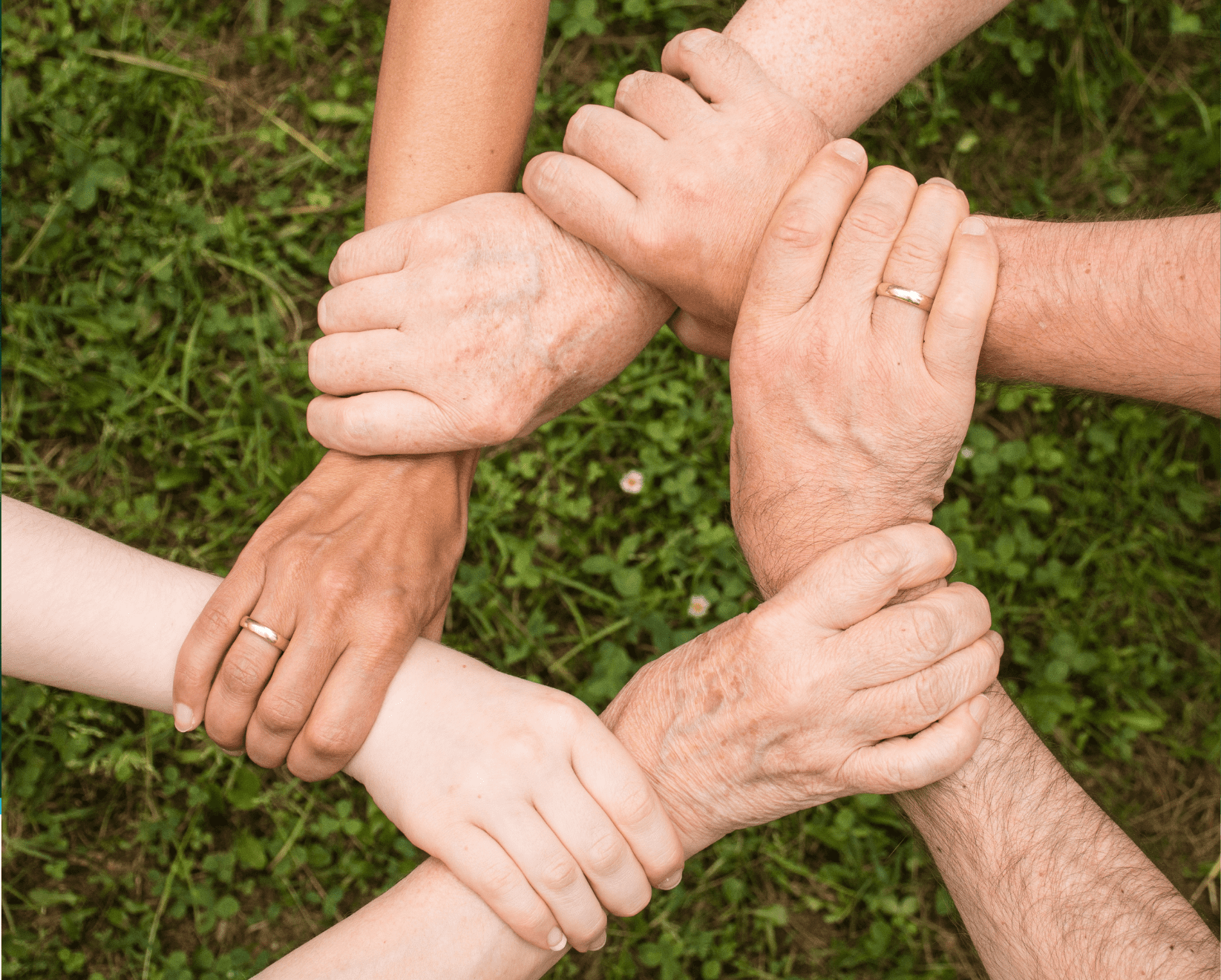Introduction
In today’s globalized world, diversity and inclusion have become essential concepts. Diversity refers to the presence of various distinct elements within a single unit — be it nationality, race, religion, ability, sexuality, or any other defining characteristic. On the other hand, inclusion implies ensuring that everyone within that varied mix feels genuinely part of the whole, participating fully and gaining equal access to resources and opportunities. Embracing both diversity and inclusion can lead to more vibrant, accepting, and successful communities that are better equipped to handle future challenges.
The Importance of Embracing Diversity and Inclusion in Your Community
Benefits of Diversity and Inclusion
Embracing diversity and inclusion has considerable social, cultural, and economic benefits. The exchange of diverse viewpoints breeds creativity and innovation. Inclusive societies tend to be more peaceful and harmonious, as mutual acceptance reduces friction and resentment. The combination of varied experiences and skills can foster a more robust and resilient economy. Further, the richness of multiple cultures can make society more vibrant and enjoyable.
Challenges of Lack of Diversity and Inclusion
A lack of diversity and inclusion can considerably hamper a community’s potential. Excluding or marginalizing certain members can lead to social division, resentment, and potentially violence. It not only deprives the community of valuable insights and skills but also chips away at the inherent human dignity of the excluded groups. Such communities often hold potential for tension, underperformance, and dissatisfaction.
Understanding Diversity in Your Community
Types of Diversity
The term “diversity” in a community context covers multiple aspects. This includes not just visible aspects like race, ethnicity, and age, but also invisible attributes like culture, religion, sexuality, education, socioeconomic background, and political beliefs. Each type of diversity contributes its own flavor, creating the unique personality of your community.
How Diversity Affects Your Community
A well-managed diversity can be a boon to your community. It makes the community more interesting, fosters creativity, and builds resilience to change. It can contribute to the economy by attracting diverse talent and broadening the consumer base. It can also foster cultural richness, empathy, and open-mindedness in the community members.
Strategies for Embracing Diversity in Your Community
Creating an Inclusive Environment
Creating an inclusive environment involves recognizing the inherent dignity of everyone, breaking down exclusionary barriers, and fostering a sense of belonging. A tolerant and open-minded community that accepts and values each member for their unique attributes, encourages dialogue, and provides equal opportunities is a potent magnet for diverse individuals.
Promoting Diversity and Cultural Awareness
Public awareness campaigns, community events, school curriculum changes, and dialogue spaces can be tools to promote multicultural understanding. They expose community members to different worldviews, fostering understanding and respect. They also give diverse members opportunities to showcase their cultures and perspectives, fostering a sense of pride and inclusion.
Promoting Inclusion in Your Community
Building Relationships with Diverse Groups
Active outreach and engagement with diverse groups are key to promoting real inclusion. This means not only inviting them to your platforms, but also stepping into their spaces — participating in their events, visiting their places of worship, collaborating on projects. This shows respect and can foster mutual understanding and trust.
Empowering Marginalized Communities
Empowering marginalized groups means ensuring they have equal opportunities and access to resources. Offering mentoring, training, financial assistance, and social support can help them build their capacity and confidence. Sharing power – in decision-making, resources, and visibility – can also make them feel truly part of the community.
Overcoming Barriers to Inclusion
Addressing Bias and Discrimination
Effective diversity and inclusion policies require robust and consistent effort to identify and address biases and discrimination. Regular introspection at both personal and organizational levels, enhanced with feedback from diverse members, can help uncover such biases. Educating community members about the harmful effects of bias and discrimination can also help in creating a more inclusive environment.
Providing Equal Opportunities for All
Equal opportunities mean ensuring everyone, regardless of their distinct attributes, can access the resources, benefits, and decisions that affect their lives. This entails not just non-discriminatory policies, but also remedial measures and, if needed, affirmative action to cover historical disadvantages faced by certain sections.
Celebrating Diversity in Your Community
Hosting Multicultural Events
Public celebrations that showcase various cultures encourage a sense of pride and belonging among diverse members. They also educate the overall community, foster greater appreciation of diversity, and create shared memories and experiences that can bond the community further.
Recognizing and Valuing Diversity
Recognizing the unique contributions of diverse individuals validates their identity and fosters a sense of acceptance. This can be done through rewards, public appreciations, media coverage, and simply through positive individual feedback.
Collaborating with Other Organizations
Partnering with Diversity-Focused Groups
Partnering with organizations that concentrate on diversity and inclusion can lead to synergistic impacts. It can also create a support network, multiplying the resilience of the community.
Sharing Resources and Knowledge
Sharing best practices, resources, and knowledge can lead to collective learning, inspiring innovative solutions and a cohesive approach to creating inclusive communities.
Building a Diverse and Inclusive Future
Educating Future Generations
Children are naturally open-minded and curious. Encouraging them to explore and appreciate diversity can create a future generation that is naturally inclusive.
Creating a Culture of Caring and Acceptance
A culture of caring and acceptance sees diversity not as a challenge, but as an opportunity. It reflexively treats each community member as an individual with inherent value, fostering a sense of unity-in-diversity that can make the community vibrant and harmonious.
Conclusion
Communities are the bedrock of our society. The embrace of diversity and inclusion can ensure that these communities are robust, harmonious, and resilient. It can create a world that appreciates and celebrates the uniqueness of each one of us. As members of the Unified Caring community, we can play our part in this global transformation.
Call to Action
Join the Unified Caring community today. Click here to learn more.

